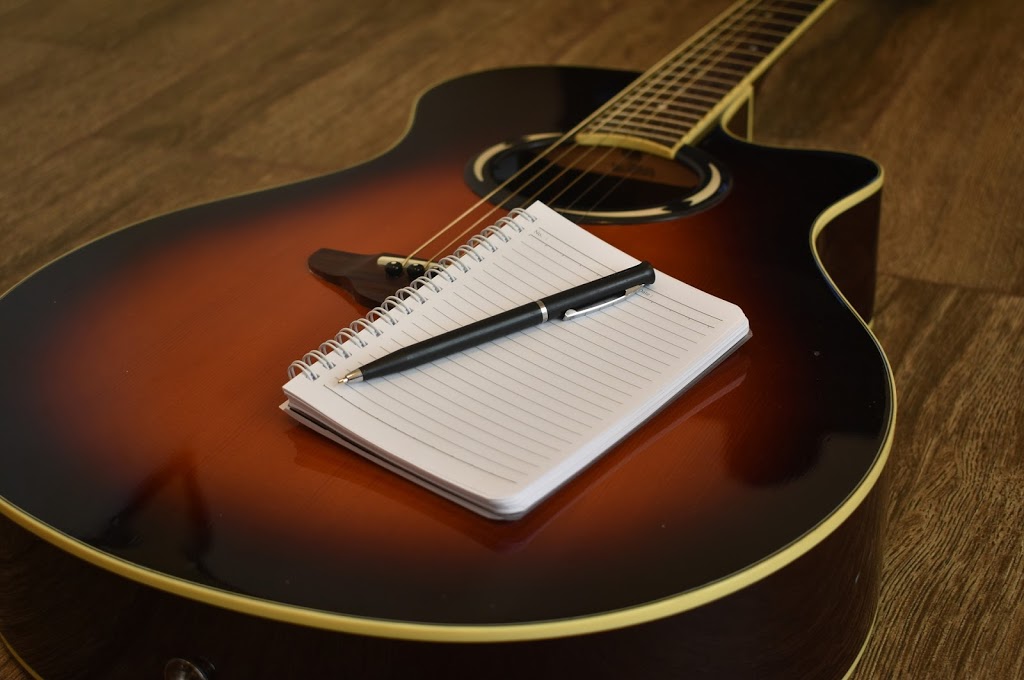In high school a friend of mine introduce me to music production. Before that, i was making mixtapes using PCDJ silver recording it through music match. It was a fun time but making beats or riddims as we call them in Jamaica was different.
I got a copy of FL studio 3.4, and started to make beats as i knew then. It was fun, i had many weird ideas, drum patterns and melodies all thrown together. At that time i knew nothing about arrangement all i cared about i had an idea and i just created a pattern. I would draw out the pattern for 3 minutes long and that was my beat.
When I started sharing my work with my friends, the comments were not as encouraging. Plus when i compare them to popular tracks they just don’t sound the same. They were nice but different. Something was missing and at that point in time he shares with me that my beats needed a bit of structure. This would be useful so artiste can write a song to it.
One of the questions some artiste I knew at the time would ask me is when does the chorus start? Where is the verse? How long is the intro? I was clueless to what they were talking about. Luckily my friend knew some well known producers and they explained everything to me, that I’m about to share with you in this article.
For songs to be useful for both listeners and DJ’s they have to have a certain structure. Meaning the songs must be arranged in such a way when played against another track it doesn’t sound weird or different. That’s if that what you are aiming for.
Popular music has a familiar feel to it and knowing this structure makes it easier for you as a producer to make music that artist can use. The most popular format being used by songwriters and producers is the ABABC format. This is also known as the verse – chorus – bridge format. There’re many variations to this but essentially it bowls down to this.
The A or verse section
This section of a song is calmer and less busy. The reason being is that you want your listeners to get connected to the heart of the song and move the story along. All songs tell stories in some form of way and the verse is where you get all the details.
For example in Bruno Mars Grenade, in the verses it’s only a piano, a basic drum beat. The lyrics talk about the details of the type of person he was in a relationship with. The way he pens the lyrics gives us the details of what was happening and a little more into his perspective and what he was feeling at the time.
From a production standpoint as the song moves throughout the verse the anticipation builds to a point where we expect something else to happen and boom the enters the pre chorus. This builds more emotions and changes up the music a bit to lead into the next section of the song.
The B or chorus Section
The chorus is the heart of the song. It’s also called a hook. This is debatable because I have read in book where the author teaches songwriters that every song must have a hook and the hook can be a line in the chorus or the chorus itself.
For a producer this is the section of your beat that’s hype, very busy and has a main repeatable melody. This is what you use to differentiate the verse from the chorus and it helps the artiste and listener knows that the music has changed.
When arranging songs and beats these two are the most important section for any song and as you arrange your ideas utilise them to your advantage.
To build on Bruno Mars song Grenade, the chorus is obvious and it stands out from the rest. The way he sings changes, there’s more musical elements in the background and background vocals thrown in to fill out the spaces and make it interesting and memorable. These little things when added together makes the chorus stands out from the verse.
The C or Bridge section
The last component of the song is the bridge. This is noticeable by the chord changes and at times can be dramatic as well. This section is often useful to give a different feel to the song and make it even more interesting and less boring.
Not all songs have a bridge, and this section is used a lot in pop music as well as r&b and country. Genres like reggae and edm don’t use it a lot. So don’t feel like you are a slave to use it in all your work, you don’t.
Conclusion
Those are the components of a song hope they prove useful to you and your productions as they did mine.
What makes a song successful

